AARP Hearing Center

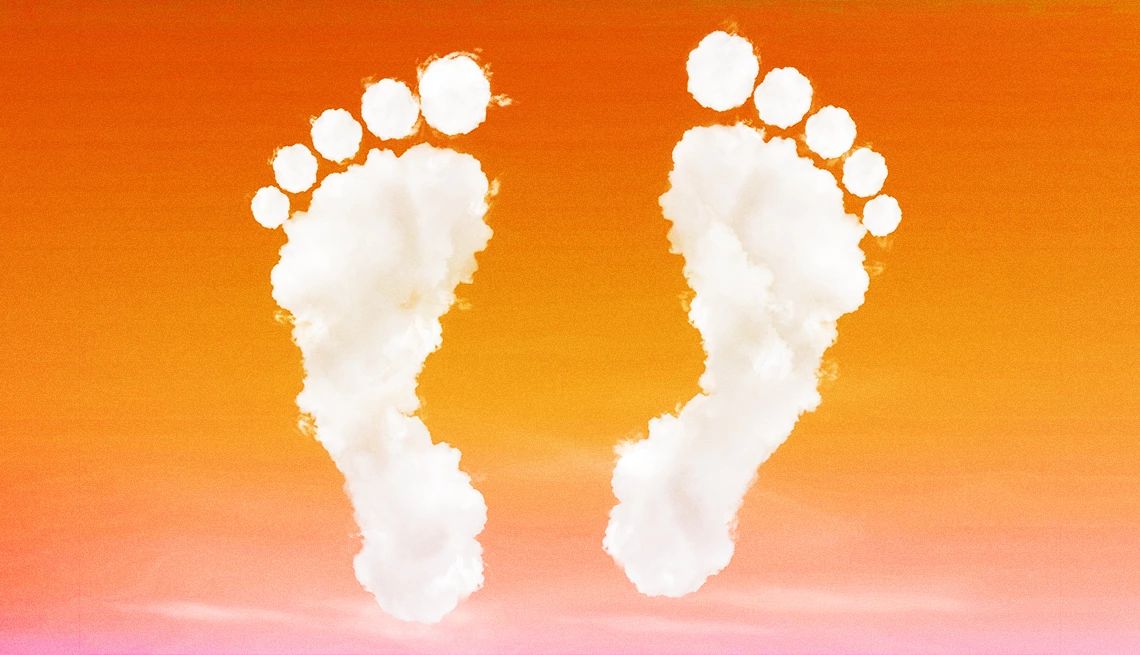
By the time the average person reaches 50, they have logged an astonishing 75,000 miles on their feet. It’s no wonder that foot pain affects about 30 percent of people over age 65. Oftentimes our feet don’t get attention unless something is wrong, but at this time of life, foot woes, from bunions and plantar fasciitis to arthritis and diabetic neuropathy, can multiply. Problems with the feet can affect the proper function of other parts of the body, such as the hips, knees and back. Addressing foot issues — or preventing them from developing in the first place — helps keep feet fit for their important role of providing stability and balance as you move about in the world.
WHERE TO START
1. Clean your feet daily and wear clean, dry socks
Wash your feet daily, avoiding very hot or cold water, which can damage your skin. Then dry your feet thoroughly. Moisturizing every night can keep your skin soft and healthy and help prevent itching or cracking. But avoid putting lotion between your toes; you want to keep your feet dry and avoid infection. If you wear sandals, apply sunscreen to the exposed skin on your feet.
2. Inspect your feet and toes regularly
“It’s a good idea to look for any irritation, cracks in the skin, itching between the toes, or anything that’s making you uncomfortable in a shoe, like a bunion or callus,” says Tracey C. Vlahovic, a professor at Samuel Merritt University College of Podiatric Medicine in Oakland, Calif. Also be alert for unusual patterns or colors on the nails, or other changes that could signal problems including skin cancer. If you notice anything out of the norm, contact a doctor or podiatrist.
3. Cut toenails carefully and regularly
Keep your nails trimmed, but not too short. “The best way to cut and trim nails is straight across, to avoid ingrown nails, which can lead to infection and problems down the road,” says Brad Schaeffer, a podiatrist and foot surgeon in New York City. Cutting your nails too short can lead to fungal and bacterial growth that can spread to other toenails, he says. If you can’t cut your own nails, let a podiatrist do the job. “This should be covered by insurance, so there’s no reason not to go,” says Schaeffer.
4. Try self-care for calluses and corns
Corns and calluses, thickened patches of skin, often develop on the toes and balls of the feet due to friction or pressure. Try soaking them in warm water to soften them, then use a pumice stone soaked in water to file away the hardened skin. Don’t rub too vigorously —it can cause bleeding or infection. Follow up with a lotion containing salicylic acid, ammonium lactate or urea. If your calluses or corns are large, you may need a doctor to trim or shave off the dead layers of skin with a scalpel. Use pieces of moleskin to reduce irritation from sore spots, and adhesive pads from the drugstore to protect painful corns.
5. Seek help for bunions, hammertoes and crossover toes
A podiatrist should evaluate those common foot problems, Schaeffer says. Bunions, bony bumps that develop at the big-toe joint, can be caused by ill-fitting footwear. Hammertoes occur when the toe starts to curl up instead of lying flat, and crossover toes are when the second or third toe shifts over the toe next to it. Properly fitting shoes, orthotics and using spacers between the toes are often all it takes to correct these issues. But surgery may be required to shave off a bony protrusion, realign a joint or remove the parts of the joint that may have been damaged by arthritis.
6. Improve your balance and mobility
Falls are the leading cause of injury and injury-related death among people age 65 and over, according to the Centers for Disease Control and Prevention (CDC). One culprit is weak feet, which reduce a person’s stability and balance. See tip 12 for details on how to strengthen your feet.

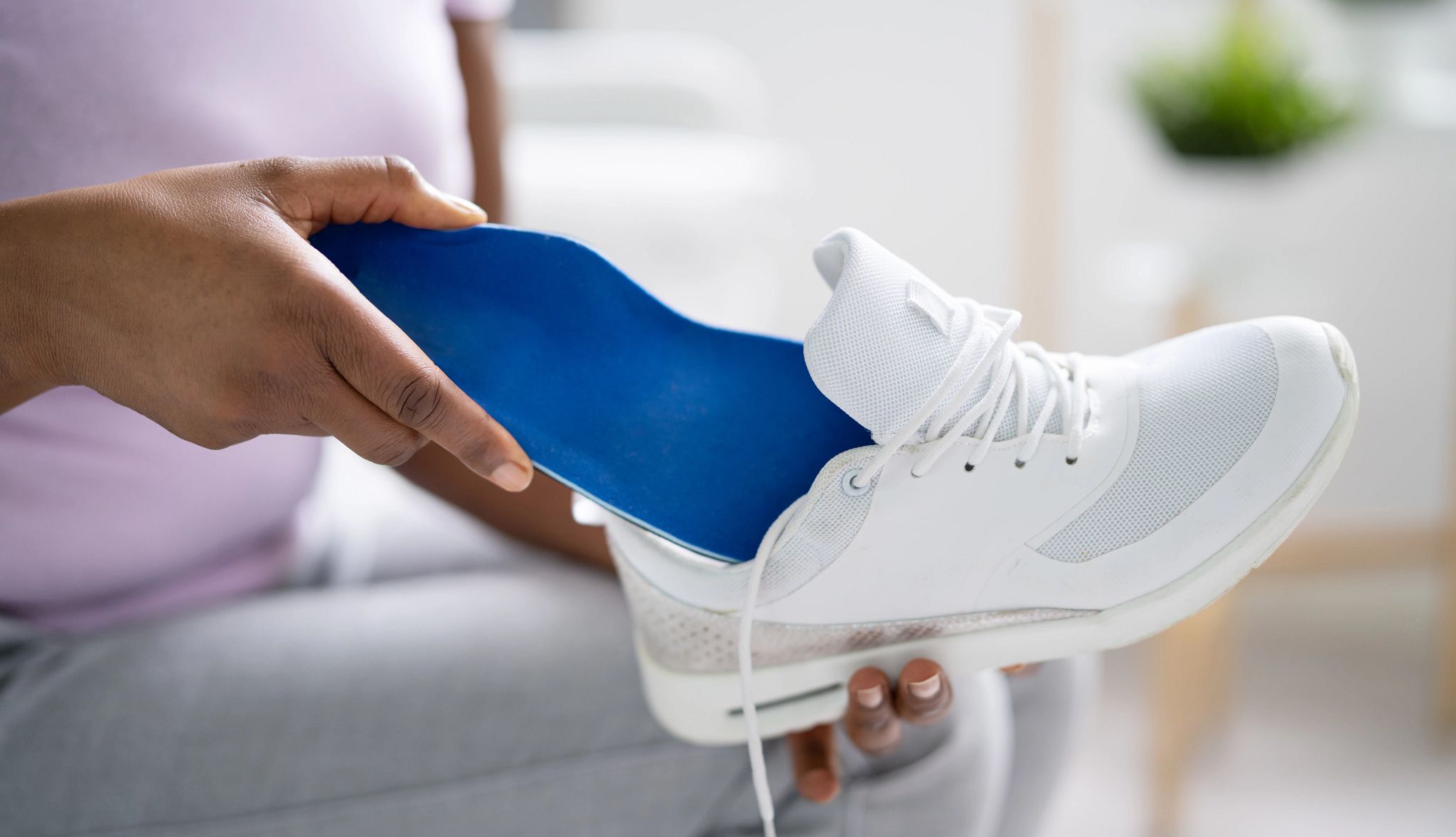
PREVENTING AND TREATING FOOT PAIN
7. When to wear shoes around the house
The jury is out on whether to wear shoes all the time. Going barefoot in the house may help with balance issues, particularly in those who habitually go barefoot. Also, it’s possible that a lot of overuse problems might be prevented by going shoeless, since doing so changes our gait and recruits more muscles. On the other hand, wearing shoes in the house may be recommended for people with diabetes, if there are hazards (say, busy-bee grandkids visiting), or for diagnosed plantar fasciitis. (Common among people ages 40 to 60, the condition can result from overstressing the fascia due to the force of activity and hard surfaces.) Consult your physician about your specific situation before deciding on going barefoot or shoeless at home.
8. Choose the right type of shoes
Many foot woes, including bunions, toe deformities and plantar fasciitis, can be alleviated by wearing supportive footwear. Treat your feet well by choosing shoes with wide insteps, broad toe boxes, soft soles and plenty of stability. It helps to pick styles that conform to the shape of your foot. Avoid shoes that are too short, tight or sharply pointed, and those with heels higher than a couple of inches. Higher-heeled shoes put more pressure on the forefoot and increase the likelihood of foot problems or injuries. “I recommend a small pump, because they can be easier to walk in,” says Schaeffer. “Stilettos can cause pain and throw you far forward.”
9. Consider orthotics
Podiatrists prescribe custom orthotics for a variety of foot and ankle conditions. Research studies have shown that these personalized orthotics decrease foot pain and improve function in conditions like plantar fasciitis. “They are also great for people with flat feet, bunions, Achilles tendonitis and ball-of-foot pain,” says Schaeffer. “Gently offloading this pain can be a game changer.”
10. Try an over-the-counter version for heel pain
Off-the-shelf insole replacements tackle many sources of foot pain, says Schaeffer. And they are less usually expensive. There’s some evidence that they are at least as beneficial as custom orthotics for heel pain.
11. Don’t neglect the balls of your feet
Persistent pain in the ball of your foot, or forefoot, can stem from Morton’s neuroma, a thickening of the tissue around the nerves that lead to the toes; or metatarsalgia, which is pain and inflammation in the forefoot. Causes include foot deformities and wearing high heels or shoes that are soft or lack support. Self-care strategies like rest, ice and over-the-counter pain relievers usually clear it up. It also can help to wear shoes with wide toe boxes and good arch support, says Sean Ormond, a podiatrist in Glendale, Arizona. And research suggests that metatarsal pads can help reduce discomfort. But if the pain continues or worsens, steroid injections, ablation or surgery may be necessary to address the issue, says Ormond.
12. Give your feet a workout
People don’t usually think about exercising their feet, but a regular stretching and strengthening routine can ease the impacts your feet are subjected to, relieve foot and tendon pain, and improve your balance. Try rolling a golf ball forward and backward with your foot, which massages the plantar fascia on the bottom of your foot. Next, place a small towel under your foot and curl the towel toward you with your toes until it is bunched up. While standing backward with your heels suspended off the bottom step of a staircase, gently lower your heels a few inches, then raise them back up, repeating several times. Simple calf stretches help relieve plantar fasciitis, prevent injury and ease the pain of Achille’s tendonitis: Sit on the floor with a leg resting straight out in front of you, and the other leg bent at the knee with your foot on the floor, to keep you stable and upright. Place a towel around the foot in front of you, holding the ends in each hand, then pull back until you feel a stretch in your calf. Hold for 15 to 30 seconds, then switch legs and repeat. “Foot exercises are often overlooked but incredibly effective,” says Ormond. ”Even a few minutes a day can make a real difference over time.”































































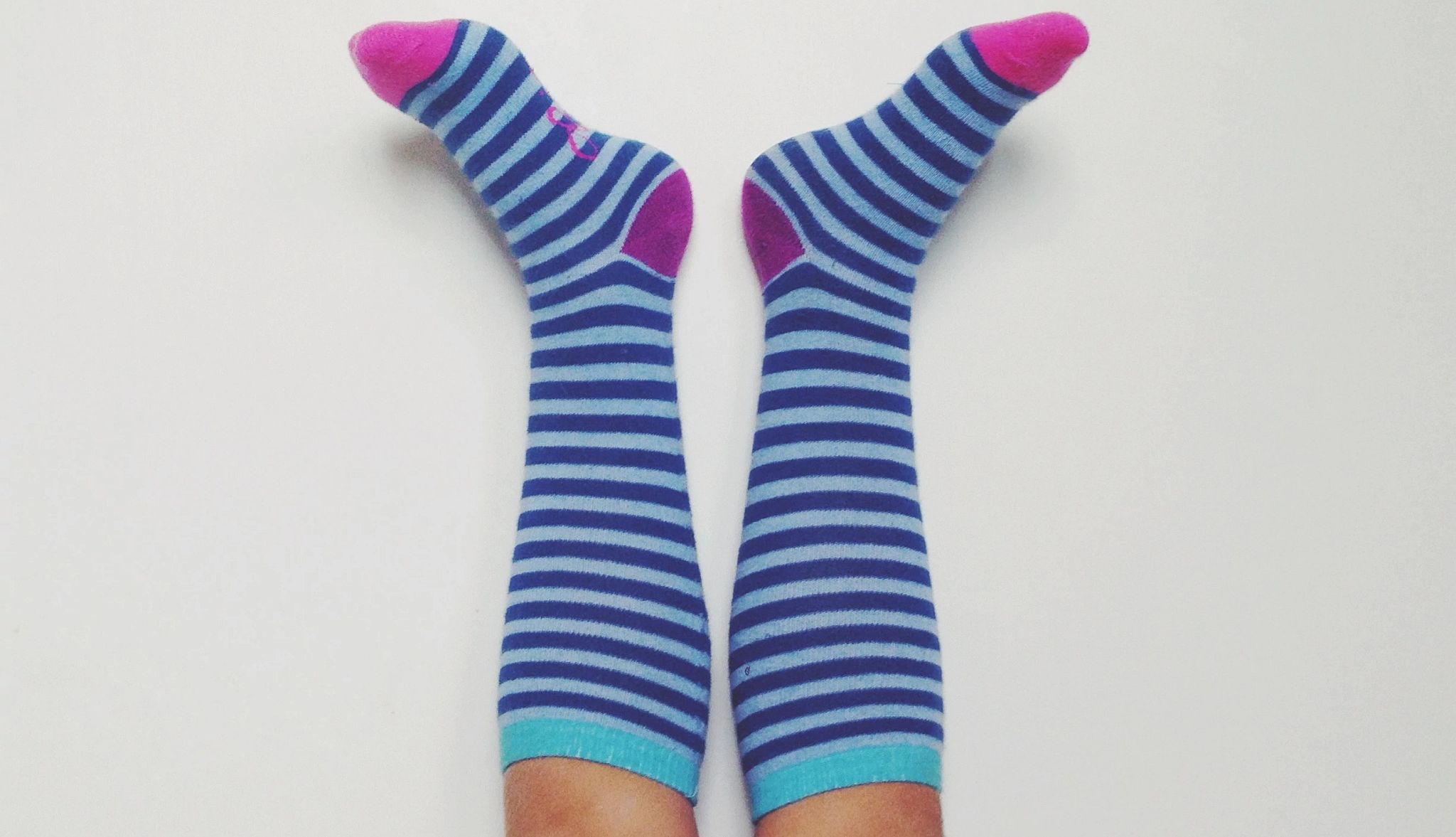
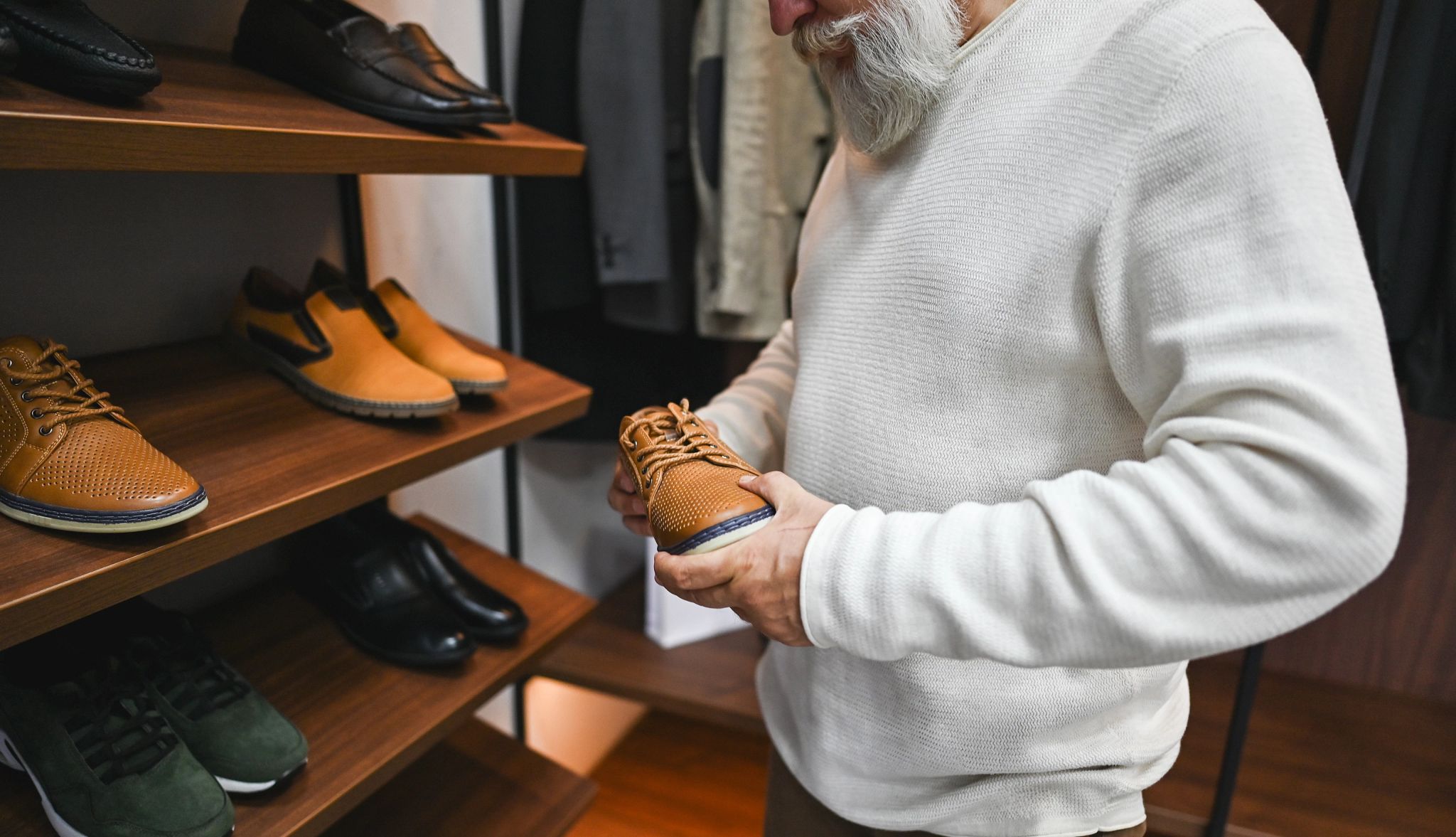
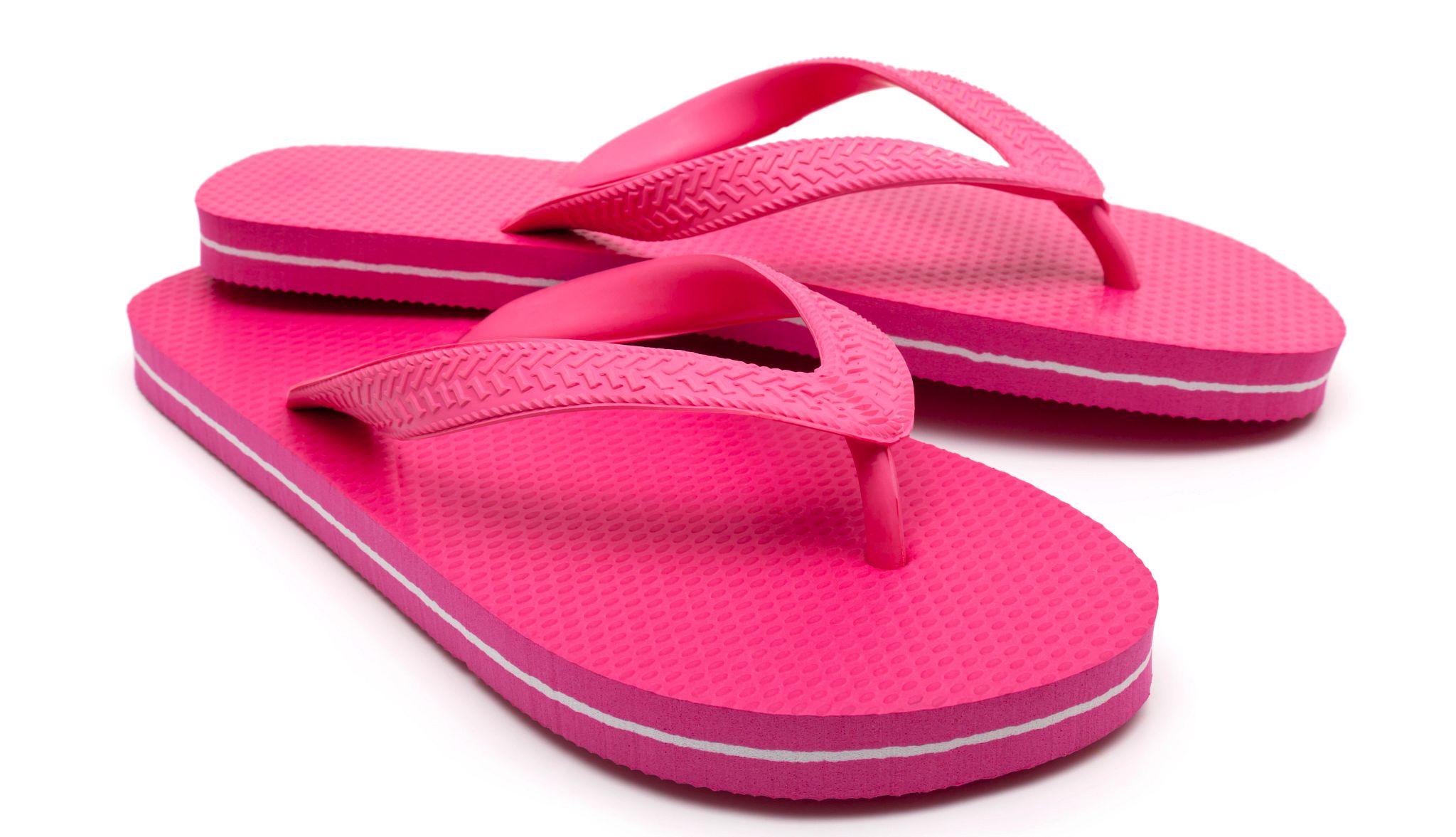



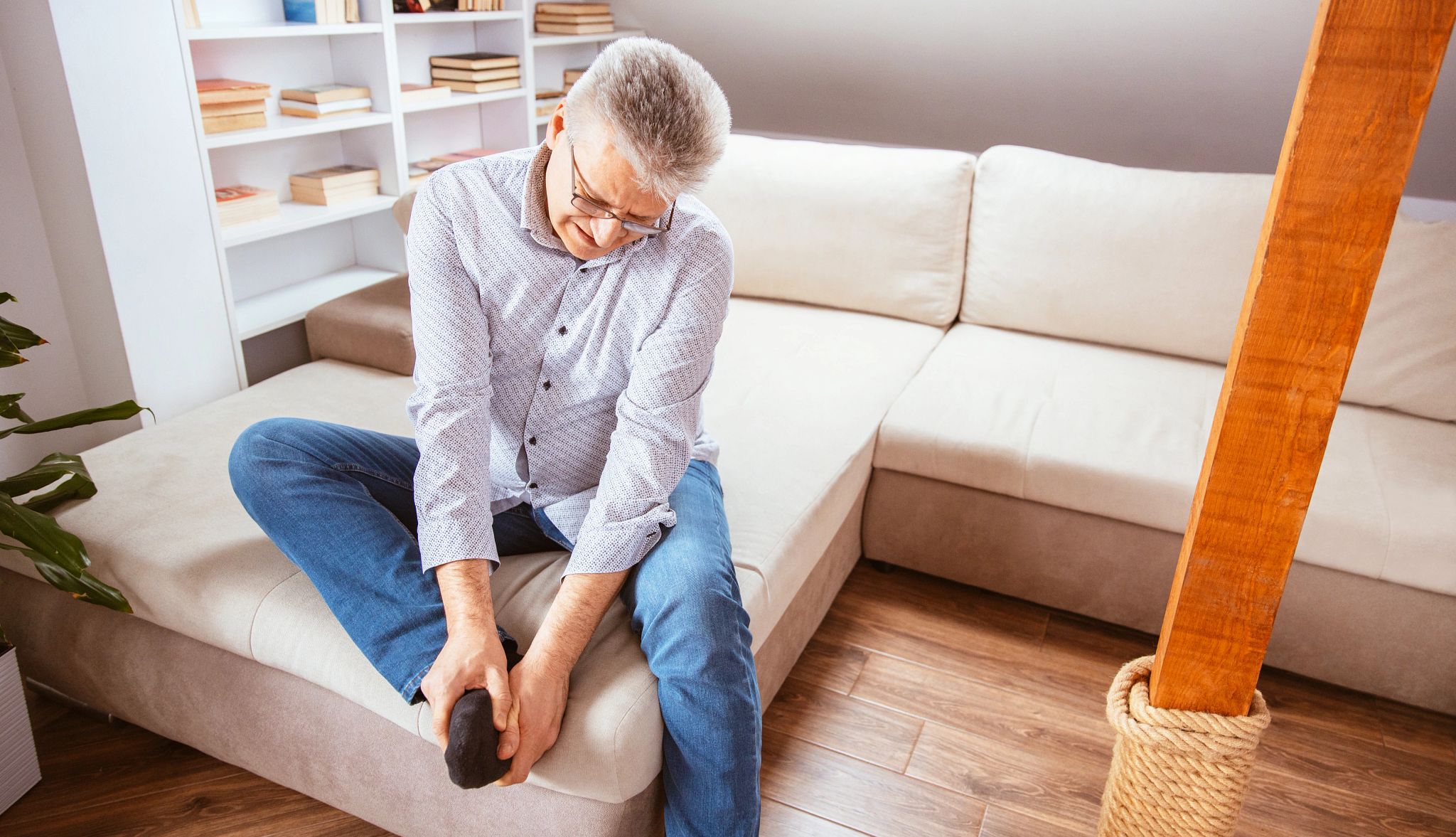



You Might Also Like
Yoga Poses to Fight Osteoporosis
Build bone mass with these five easy moves
Best Exercise for Balance
Practice this to reduce falls and age better
32 Ways to Improve Your Bone Health
How to strengthen your bone density